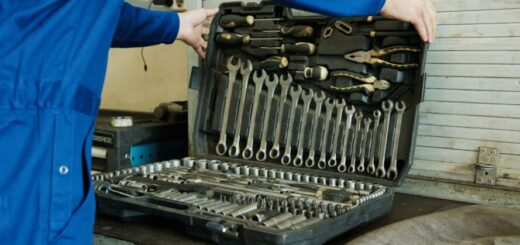Demystifying Diodes and Bridges: Essential Components in Power Electronics and Motion Control
Diodes and bridges are fundamental components in power electronics and motion control systems, playing a crucial role in ensuring efficient power conversion, reliable operation, and precise control. In this blog, we will demystify diodes and bridges, exploring their applications in power electronics and motion control. By understanding the functions and characteristics of these components, we can appreciate their importance in achieving optimal performance and functionality in various electrical systems.
Diodes in Power Electronics
Diodes are electronic devices that allow current to flow in one direction while blocking it in the opposite direction. In power electronics, diodes are used for rectification, converting alternating current (AC) to direct current (DC). They are commonly employed in power converters and voltage regulators to ensure a steady and reliable DC power supply. Diodes also provide protection against reverse current and voltage spikes, safeguarding the system from damage. Their low forward voltage drop and fast switching capabilities make them ideal for high-speed power switching applications.
Bridge Rectifiers
Bridge rectifiers are arrangements of diodes used to rectify AC power. They consist of four diodes connected in a bridge configuration, enabling full-wave rectification. Bridge rectifiers are widely used in power electronics systems, converting AC input to DC output with higher efficiency compared to half-wave rectifiers. They play a crucial role in power converters, voltage regulators, and power supplies, ensuring smooth and stable DC power for various applications.
Diodes and Motion Control
Diodes also find applications in motion control systems. They are used in conjunction with power devices like Power MOSFETs and IGBTs to control the flow of current in motor drives. Diodes, such as freewheeling diodes or flyback diodes, provide a path for the inductive load current when the power devices are turned off, preventing voltage spikes and protecting the system from damage. Diodes play a vital role in ensuring smooth and efficient operation of motor drives, enhancing overall system performance.
Integrated Circuits (ICs) and Diodes
Integrated circuits (ICs) play a significant role in the control and protection of diodes in power electronics and motion control systems. ICs provide precise control signals and PWM (Pulse Width Modulation) techniques to drive diodes and power devices. They incorporate protection features such as overcurrent and overvoltage detection, ensuring the diodes and the connected system are safeguarded against potential faults. The integration of ICs and diodes enhances the reliability and efficiency of power electronics and motion control systems.
Modules and Diodes
Power electronic modules often integrate diodes with other components to provide compact and efficient solutions. These modules combine diodes, power devices, and other components into a single package, simplifying the system integration process and enhancing thermal performance. Modules incorporating diodes are commonly used in power converters, motor drives, and voltage regulation circuits, offering reliability and ease of implementation.
Conclusion
Diodes and bridge rectifiers are essential components in power electronics and motion control systems, ensuring efficient power conversion, reliable operation, and precise control. Diodes enable rectification and protection functions, allowing for smooth and stable power supply in various applications. Bridge rectifiers provide full-wave rectification, improving the efficiency of power conversion. When combined with integrated circuits (ICs), power devices, and other power electronic components, diodes and bridges contribute to the design and implementation of advanced power electronics and motion control systems. Understanding the functions and applications of these components is crucial for engineers and enthusiasts in the field, enabling them to create efficient and reliable electrical systems.


